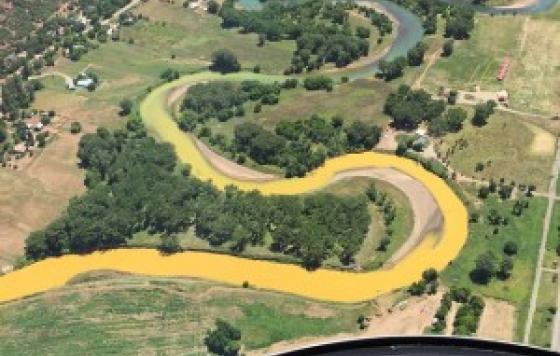By John Noël, National Oil & Gas Campaigns Coordinator - Follow John on Twitter (@Noel_Johnny)
While EPA is working to update existing regulations to modernize environmental protections as the oil and gas industry evolves, the Agency is also studying how the entire process of hydraulic fracturing potentially impacts drinking water. This includes tracking the whole lifecycle of fracking from where the water is acquired all the way through how it is disposed. Recently EPA published an analysis of chemicals the industry uses in its fracturing fluid cocktail. According to EPA, the analysis of the industry funded FracFocus database was intended “to better understand the chemicals and water used to hydraulically fracture oil and gas production wells in the United States and how chemical and water use vary in different locations across the country.”
There is one key detail that tends to overshadow the results -- the database is largely incomplete due to the industry’s ability to withhold critical information about the chemicals used. In fact, 1 in 10 chemicals were claimed as trade secrets and not disclosed and 70 percent of wells had at least 1 chemical withheld as a trade secret. A study published by Harvard Law School last year outlines in greater detail the drawbacks of relying on FracFocus as a dependable regulatory tool.
Based on the available information EPA identified 692 chemicals, of which the top three were kerosene, methanol and hydrochloric acid. Quite the trio! The hazards of kerosene or hydrochloric acid injected in close proximity to drinking water supplies should cause any nearby resident to pay attention. Even without adequate data on all chemicals used; these two pose serious threats to human health if exposed to drinking water. However, methanol can have serious consequences as well. Last year EPA moved methanol onto a special list which indicated that there is sufficient amount of data for its occurrence in drinking water that it is being considered for the Safe Drinking Water Act Contaminate Candidate List.
The bottom line is that the latest analysis related to EPA’s multi year effort to study fracking’s potential drinking water impacts is incomplete. It’s not a surprising conclusion when industry is allowed to pick and choose what chemicals to disclose under the thinly veiled “confidential business information” claim. To the concerned public these are more aptly considered “confidential business secrets” and they jeopardize EPA’s ability to make sound scientific determinations of the threats posed to our drinking water.
Clean Water Action is waiting for the draft release of the full study sometime this year and will provide informational presentations on the various aspects of the 7-year multimillion dollar research effort.
Related Posts
Stay Informed
Get the latest updates and actions:
Thanks for signing up!
There was a problem processing your signup. Please try again.


